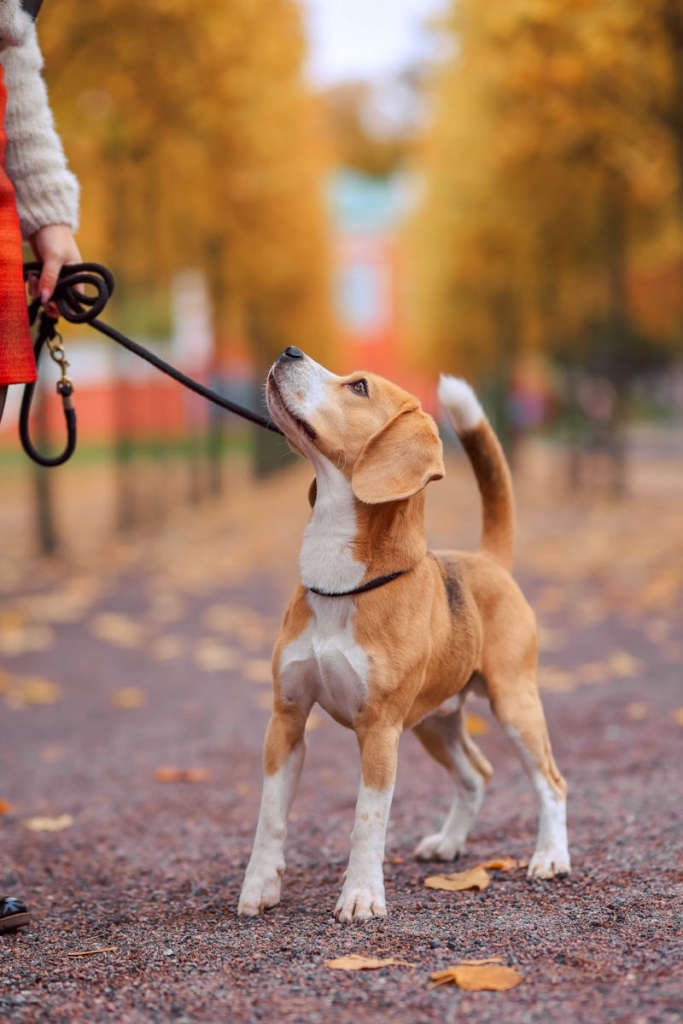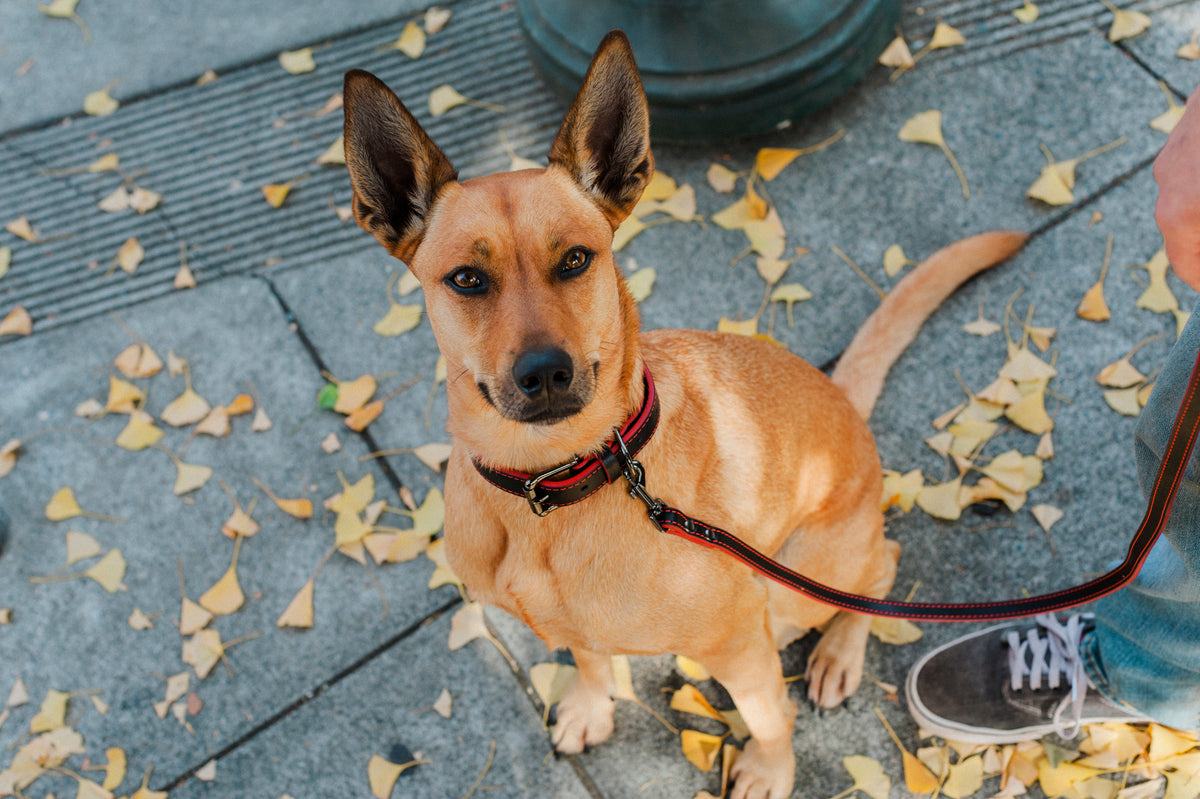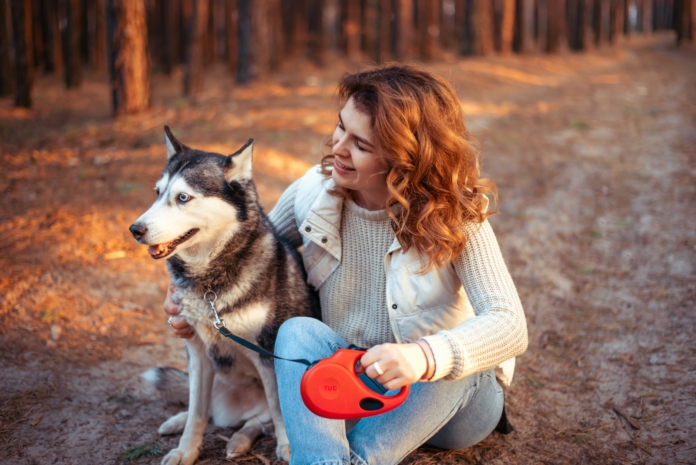Understanding Local Leash Laws
In the article Leash Etiquette: A Guide to Mindful Dog Walking, understanding local leash laws is invaluable. These regulations vary by region, making it essential for dog owners to remain informed and compliant. Some areas require dogs to always be on a leash, while others feature designated off-leash zones. The primary objective is to manage pets effectively, minimizing the risk of bites, accidents, and other incidents. Adhering to these laws demonstrates a commitment to the safety and comfort of all community members.
Leash laws promote public safety and protect dogs from getting lost, injured, or causing traffic issues. Violating leash laws can result in fines or, in severe cases, the potential confiscation of your pet or legal repercussions. Knowing and following these laws reflects respect for both people and animals, leading to safer, more enjoyable walks.
Adhering to local leash laws is not merely about legal compliance; it embodies a dog owner’s sense of responsibility and consideration for the community. It safeguards people and other animals from potential threats posed by unrestrained dogs.

Choosing the Right Leash and Harness
Navigating the extensive options of leashes and harnesses available can initially seem overwhelming. However, selecting the right gear is vital for the safety and comfort of your dog and for adhering to leash etiquette. There are various types of leashes, each with advantages and drawbacks. Standard leashes provide better control, while retractable leashes offer more freedom but may lack the same level of control in crowded areas. 
Harnesses also come in different designs, including back-clip, front-clip, and dual-clip harnesses. The choice often depends on your dog’s size, breed, and behavior. A front-clip harness is handy for dogs that tend to pull, providing enhanced control.
A snug yet comfortable fit is essential. A well-fitted harness prevents discomfort or chafing and stops your dog from escaping. Consulting a professional or your vet can help you make the right decision for your dog’s needs. This investment in suitable equipment is the first step to enjoying safe and etiquette-compliant walks.
| Type of Leash | Advantages | Disadvantages |
| Standard Leash | Better Control | Less Freedom |
| Retractable Leash | More Freedom | Less Control |
| Adjustable Leash | Versatile Length | Complex Adjustments |
Harnesses cater to various needs and training goals. Back-clip harnesses are common for everyday use, while front-clip and dual-clip harnesses greatly improve control for pulling dogs. Here’s a quick overview of the main types:
| Type of Harness | Features | Best For |
| Back-Clip Harness | Easy to Use, Everyday Wear | All Dog Breeds |
| Front-Clip Harness | Better Control, Reduces Pulling | Dogs That Pull |
| Dual-Clip Harness | Versatile, Dual Control | Training Sessions |
The choice of leash and harness sets the tone for your walks together. Ensuring your selection fits well and meets your dog’s needs will help make every outing a pleasant experience. The right gear is essential for both comfort and safety.
Training Your Dog for Leash Walking
Training your dog to walk calmly on a leash requires dedication and consistency. Start with short sessions in quiet areas with minimal distractions, which will focus your dog on learning. Hold the leash firmly yet gently to encourage your dog to stay beside you without pulling.
Use positive reinforcement, including treats, praise, and affection, to reward good behavior. When your dog walks next to you calmly, reward them immediately. This reinforces the idea that staying close is beneficial.
Introduce a cue word like “heel” or a clicker to signal correct behavior. This approach promotes consistency in your training. Patience is key; remain calm even if your dog pulls or gets distracted.
Common issues during leash training include pulling, lunging, and distractions. For pulling, stop moving until your dog returns to your side or change direction to show that pulling isn’t effective. If your dog lunges at other dogs or people, maintain a safe distance and redirect their attention with a treat or toy. Keeping calm and focused can significantly improve behavior.
Some dogs may require more time and patience, which is completely normal. Professional training classes can also be a helpful resource, offering structured learning to assist in leash training.
For further insights and detailed guidance, you can visit https://www.petplay.com/blogs/tips/leash-etiquette-a-guide-to-mindful-dog-walking.

